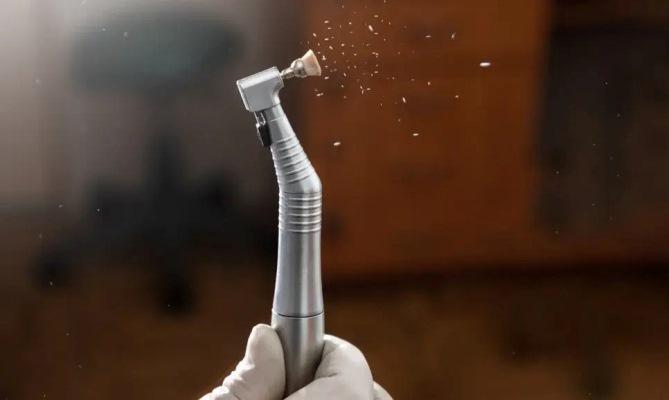Because various infectious diseases are airborne, researchers have recently tried to understand how aerosol exposure can adversely affect patients and dental professionals during dental treatment. Namely, the aim of the study was to develop imaging techniques for identifying droplets and aerosols, to identify the conditions for their formation in simulated dental procedures, and to determine the conditions for effective suction methods.

Not only saliva, but also substances such as silicon, calcium, potassium and zinc, which form aerosols, can lead to breathing problems if inhaled. The researchers believe that understanding the spread and diffusion of such particles in the air could help protect people from potentially harmful substances and diseases that can be spread through the air.
Using a dental air turbine and a manikin, researchers at Tohoku University in Sendai have recreated the droplets and aerosols that are generated during dental procedures. They used a high-sensitivity camera and a high-intensity LED light source to create high-quality images of droplet propagation during a simulated procedure and evaluated the effectiveness of extraoral suction (EOS) and intraoral suction (IOS). They found that the devices reduced airborne droplets and aerosols by 97.8% when using both EOS and IOS, and by 92.1% when using IOS alone.
“Because the droplets and aerosols (“spray” and “mist”) generated during dental treatment contain bacteria and viruses derived from saliva and blood, it is necessary to understand the dynamics of their distribution in terms of the prevention of COVID-19,” said the lead author. Jun Watanabe, researcher at the university.
The researchers also noted that the spread of the droplets varied depending on the processing and type of bur. They found that treatment of anterior teeth was most likely to be associated with droplet spread and that bud-shaped burs on an air turbine generated the most aerosols compared to round, pointed, or needle-conical burs.
In addition, they noted that it is extremely important to correctly install the device for suctioning fluid from the oral cavity. The most effective placement of the EOS device was found to be approximately 10 cm from the patient's mouth at a 0º angle.
“The analysis in various clinical situations is expected to elucidate the dynamics of droplets and aerosols generated during dental treatment and lead to the creation of new dental treatment protocols, the development of air purification equipment and a cleaner and safer environment for care behind the teeth,” said study co-author Professor Hiroyasu Kanetaka, research fellow at the Communications Center for Innovative Dentistry at Tohoku University.
Further studies are needed using the patient as a model to confirm the efficacy of oral suction devices.
